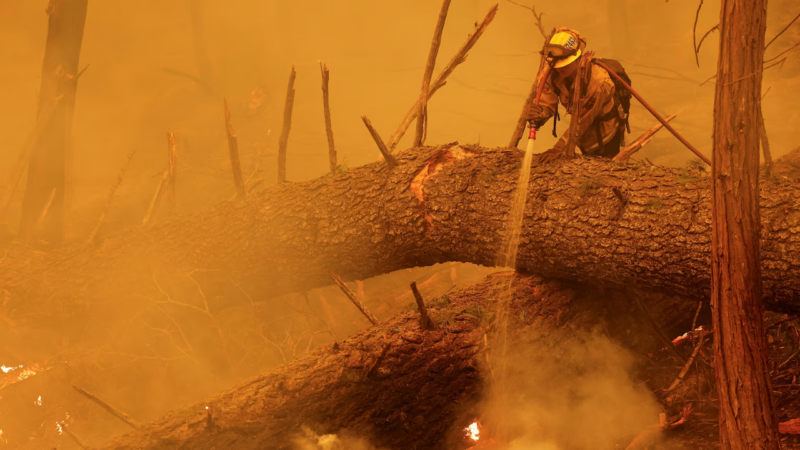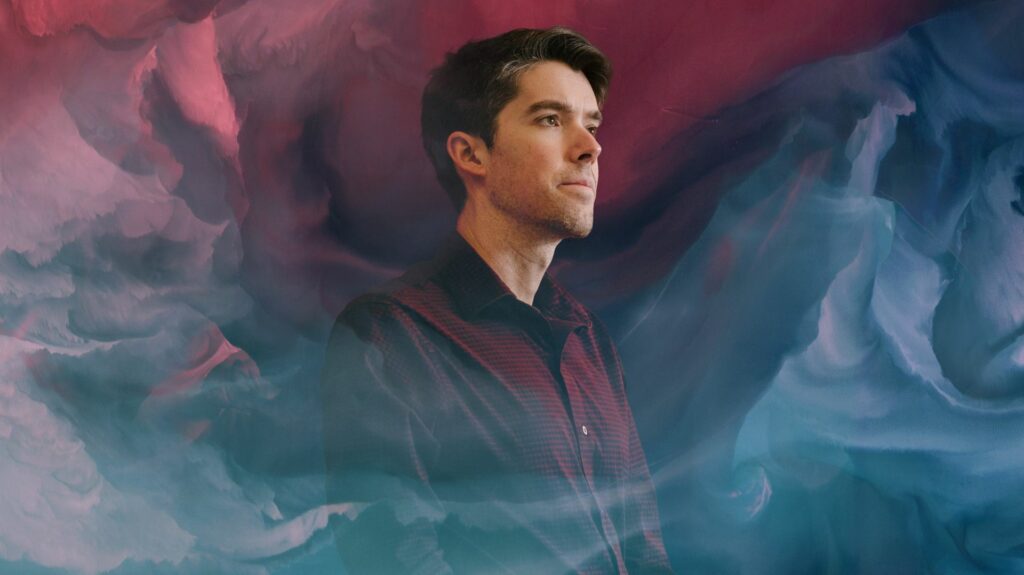
Daniel Swain for NatGeo—Drought, flooding, drought again: Is ‘weather whiplash’ our new normal?
Drought, flooding, drought again: Is ‘weather whiplash’ the new normal? UCLA climate scientist Daniel Swain tells National Geographic that the cycle is bad news for wildfires.
California’s extreme weather patterns—marked by rapid transitions between droughts, floods, and wildfires—are examples of ‘weather whiplash.’ This phenomenon, exacerbated by climate change, occurs when intense weather events happen in quick succession. Swain noted that rising temperatures create a vicious cycle where heat dries vegetation, making it prone to wildfires, while rainstorms fuel plant growth, which later becomes fire fuel.
“The worst climate for wildfire is not one that gets perennially drier,” Swain said. “If you alternate getting wetter and dryer, while it’s getting hotter, you have enough water in the system at least every few years to regrow everything and then burn it off again,” Swain said. This pattern, observed in California, increases the risk of deadly floods and landslides as burnt landscapes lose their ability to retain water.
Learn more about the implications of ‘weather whiplash’ in California by reading the full National Geographic article here.

